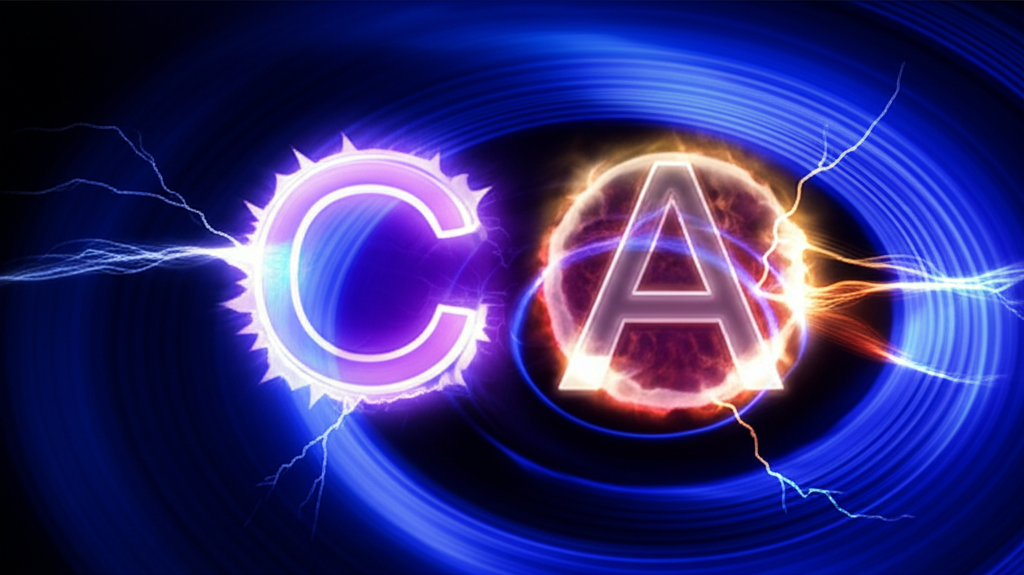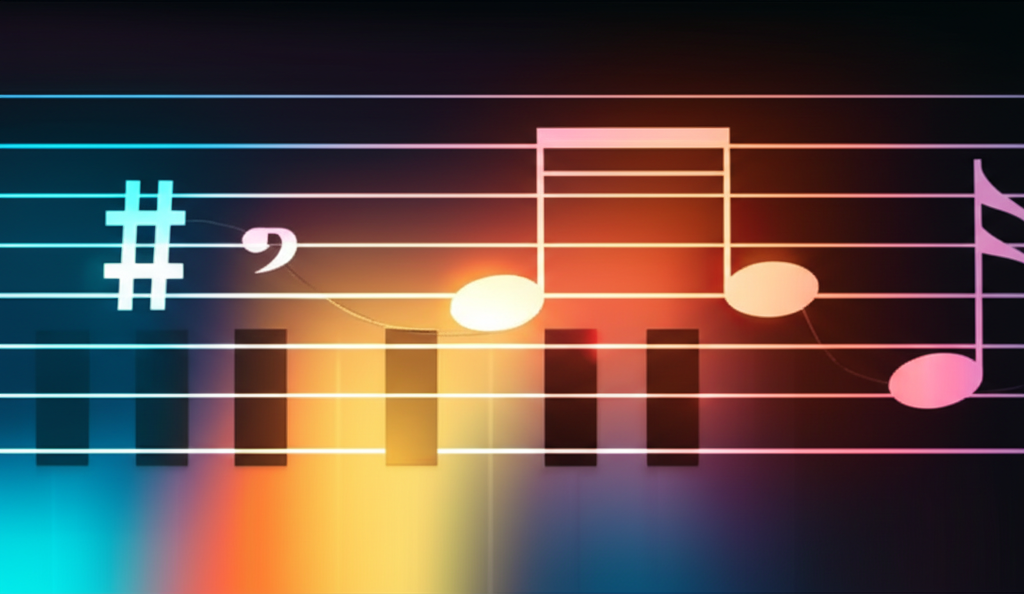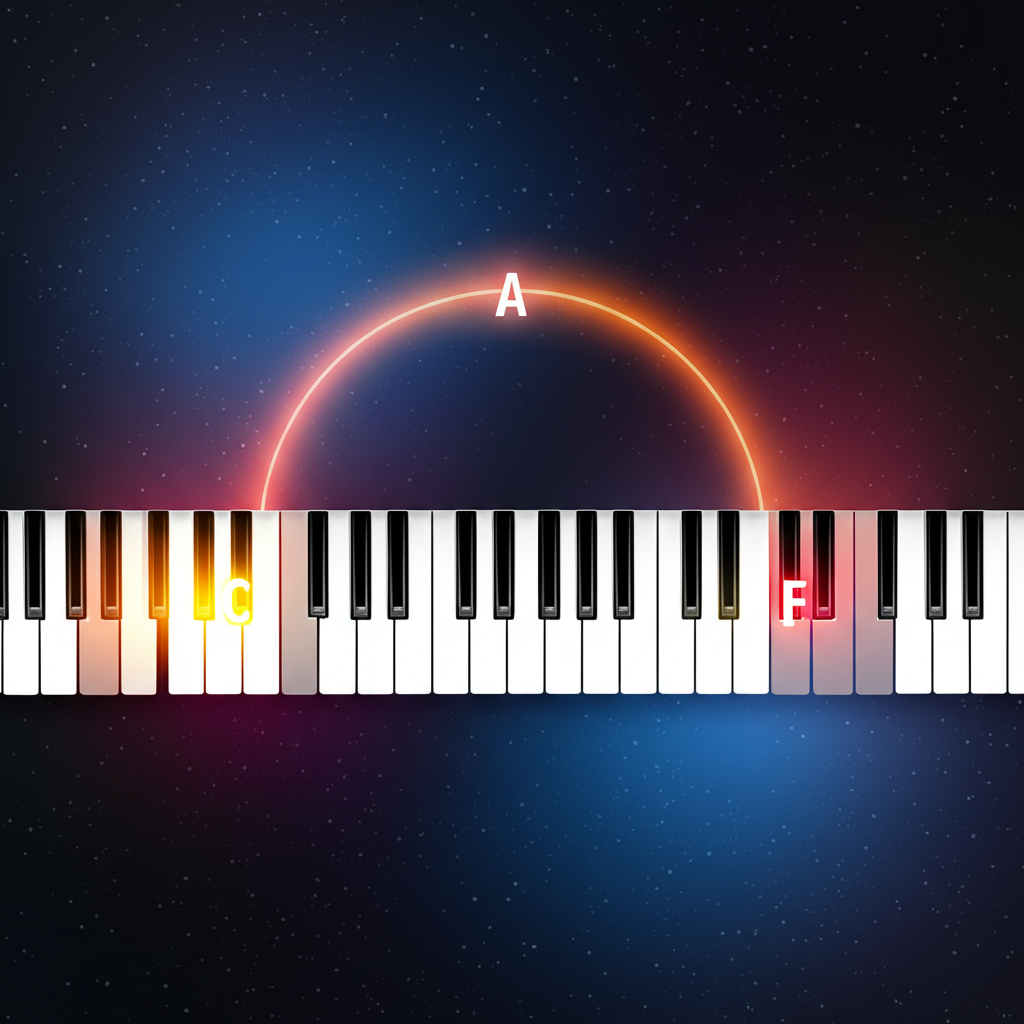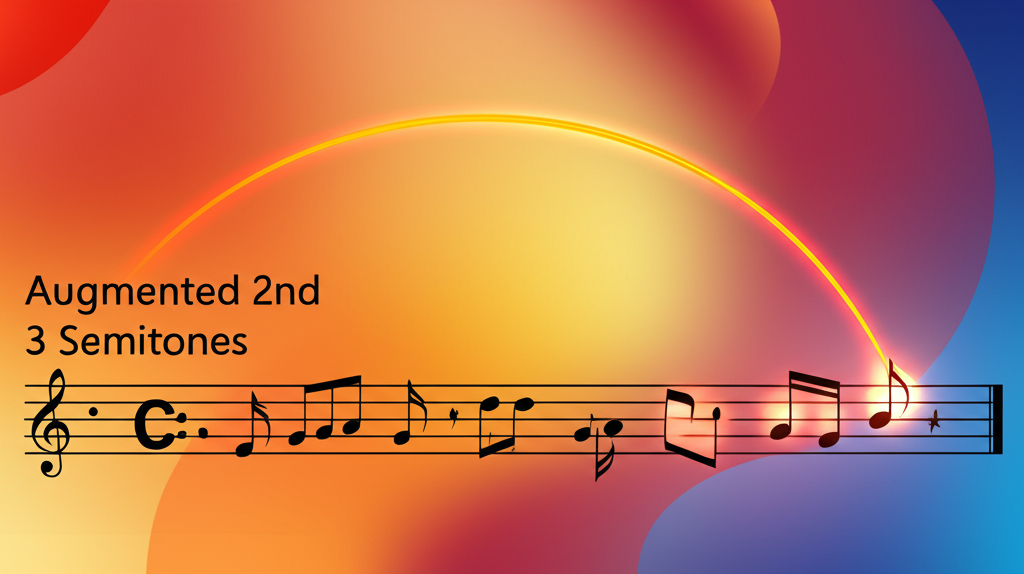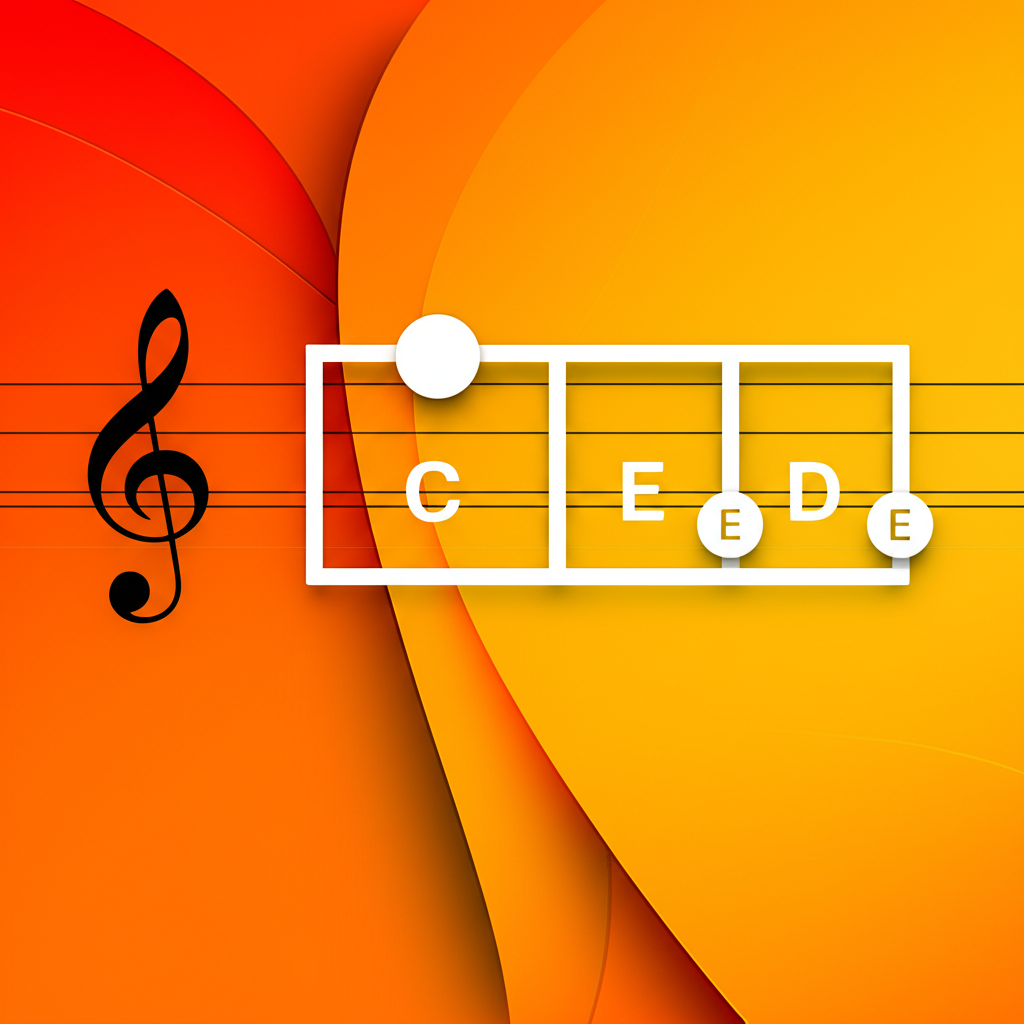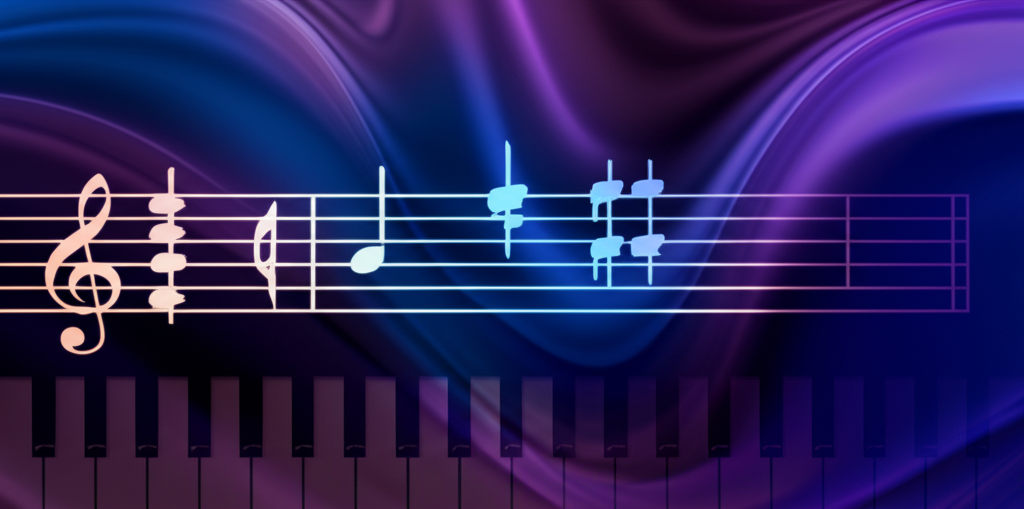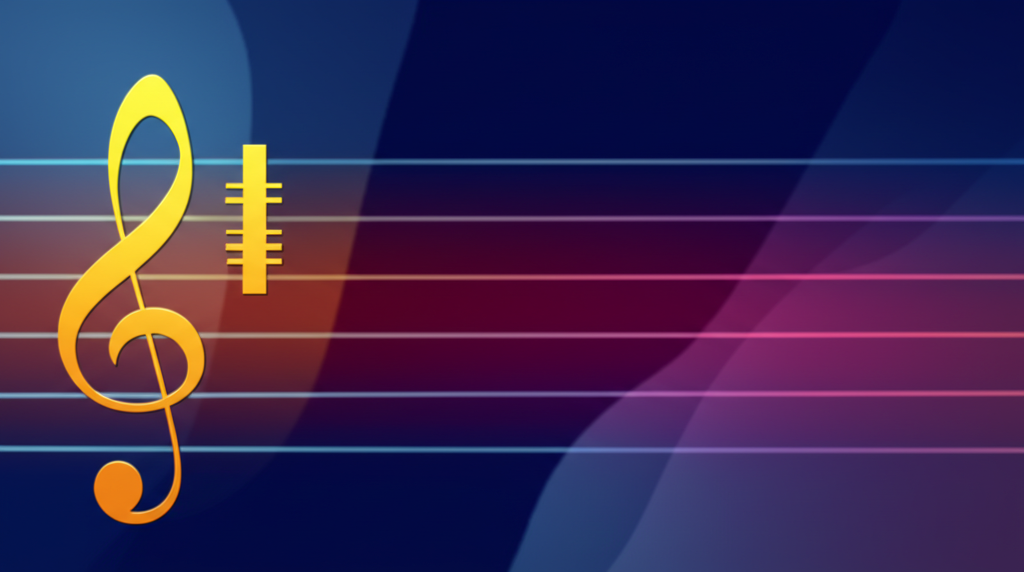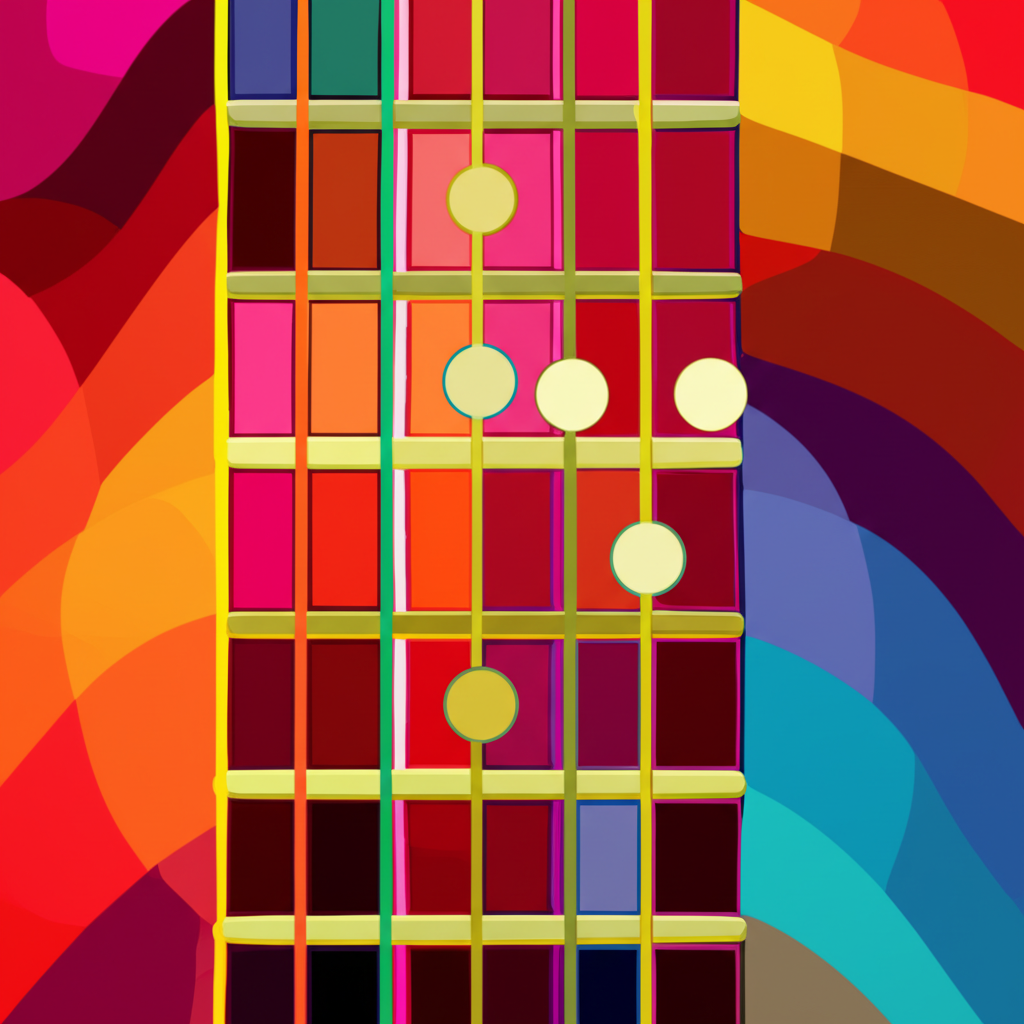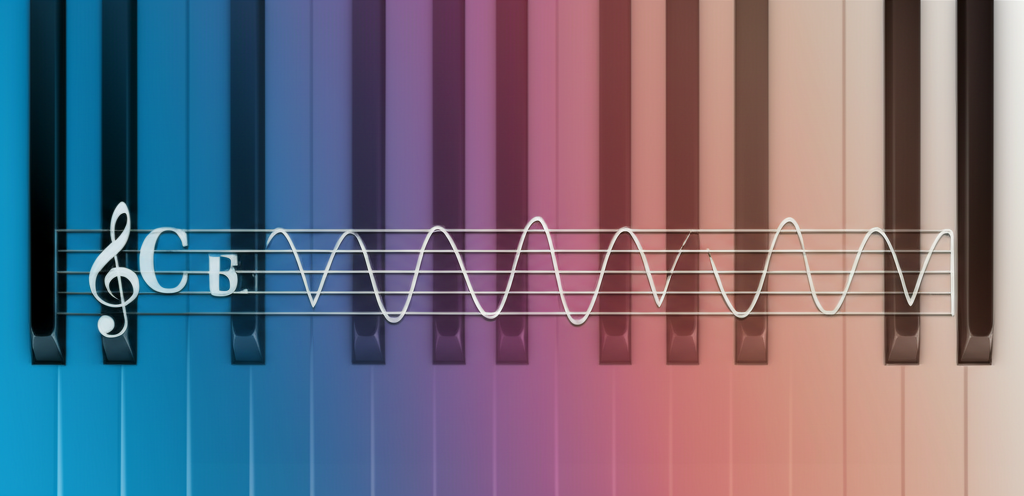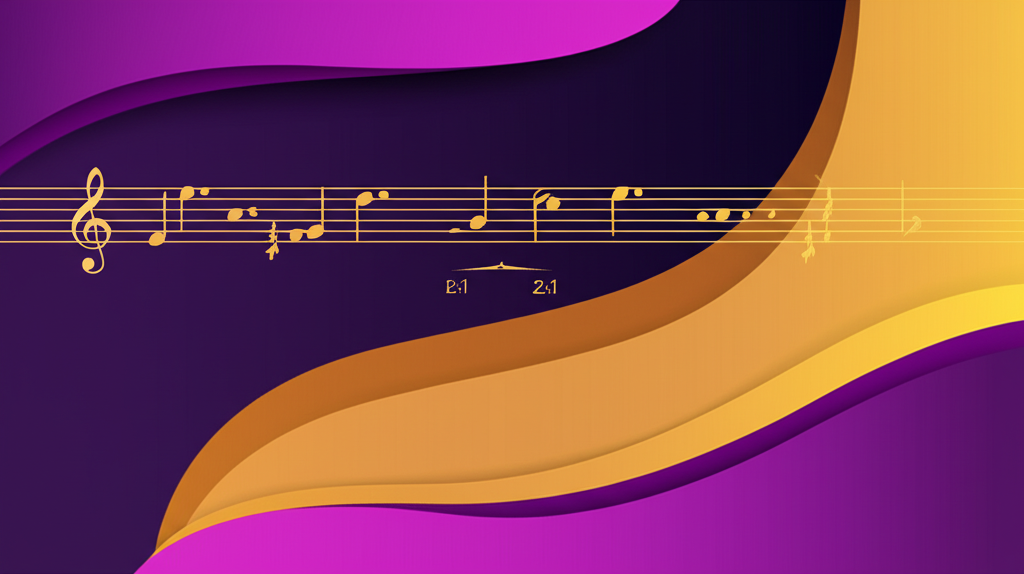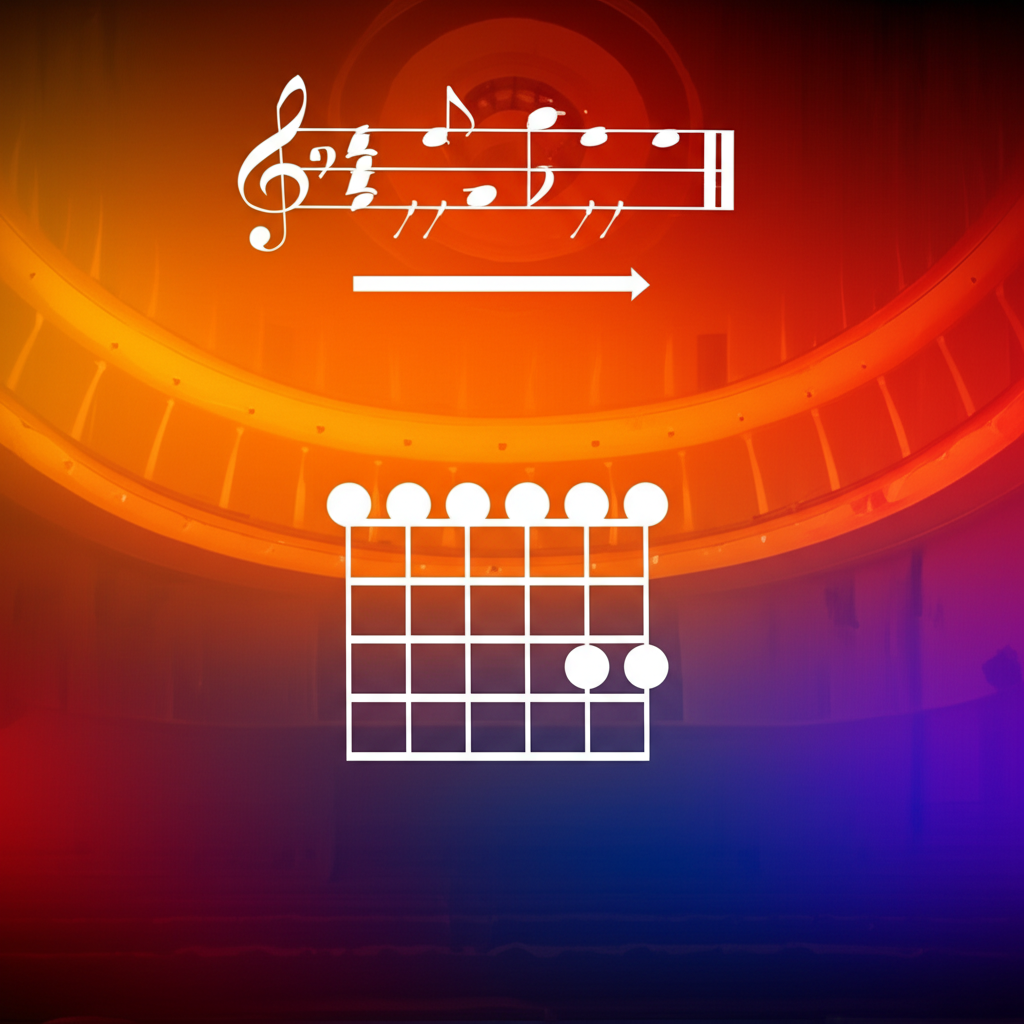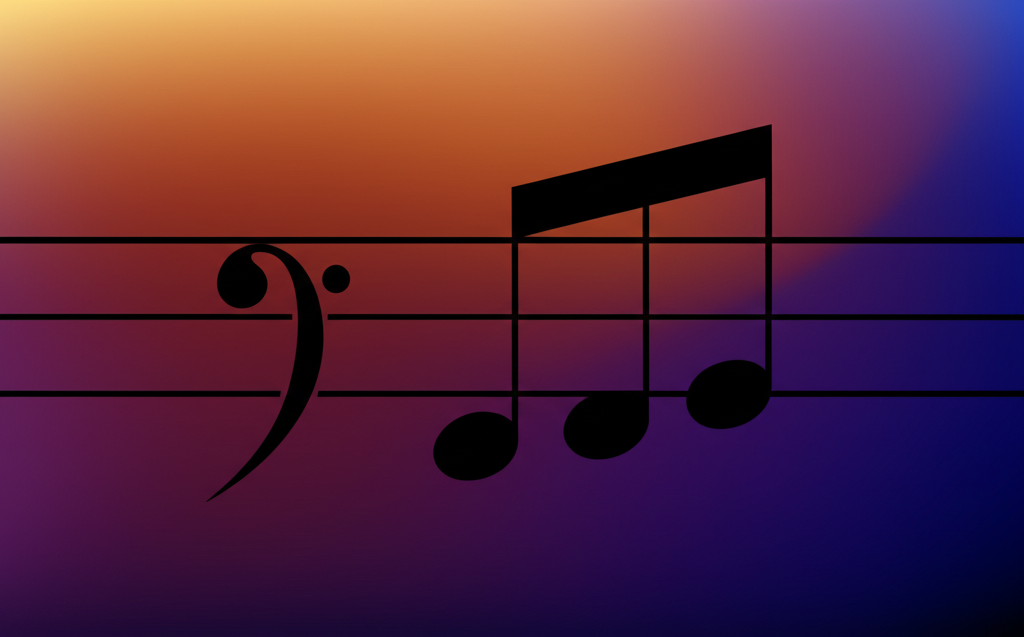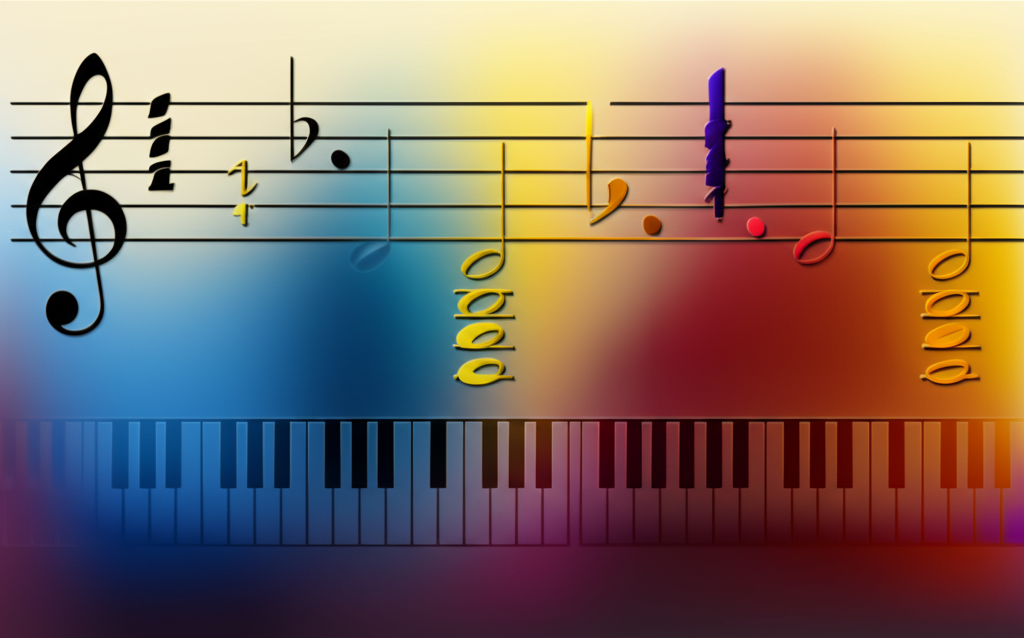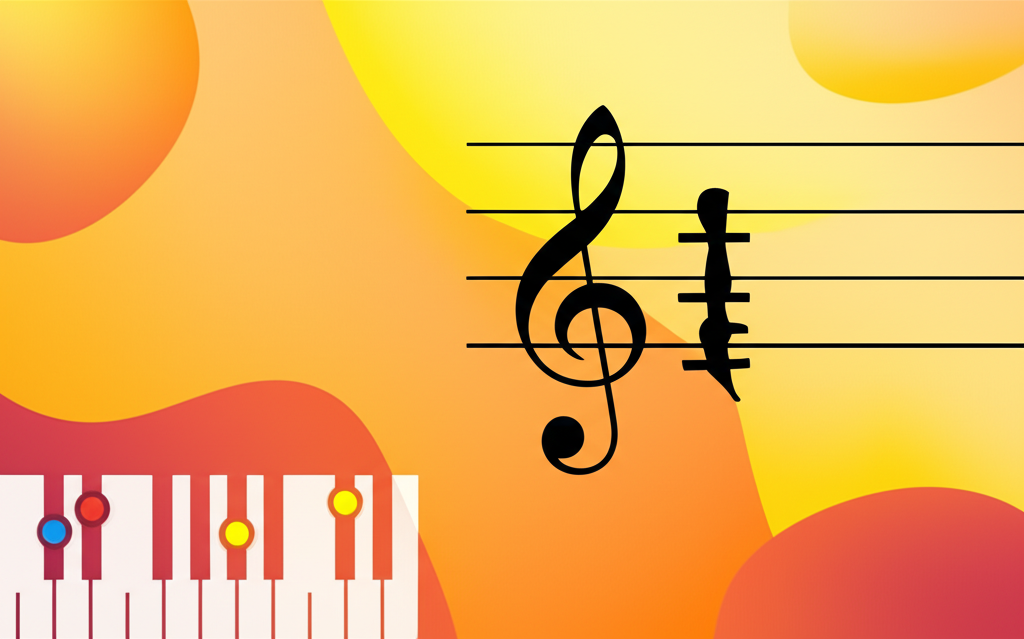
Decoding the Augmented Seventh: Music Theory's Curious Interval

b4n1
June 14, 2025, 7:05 p.m.
Decoding the Augmented Seventh: Music Theory's Curious Interval
Summary:
This article demystifies the augmented seventh, a fascinating and rare musical interval. We will explore its unique characteristic of being enharmonically equivalent to a perfect octave, meaning it sounds stable and resolved, yet is classified as a dissonance due to its spelling. Understanding the augmented seventh is key to deciphering complex chromatic harmonies and appreciating the nuances of voice leading in advanced music.
Keywords:
augmented seventh, music theory, intervals, harmony, dissonance, consonance, enharmonic equivalent, octave, chromaticism, voice leading, music education.
Introduction:
What if an interval could be an auditory illusion? An interval that sounds perfectly stable and complete, yet on paper is considered one of the most stretched and dissonant? Welcome to the curious case of the augmented seventh. While you may have mastered major, minor, and perfect intervals, the world of augmented and diminished intervals opens up a new layer of harmonic complexity and richness. The augmented seventh is perhaps the most paradoxical of them all, challenging our ears and our understanding of musical context. Let's dive into this unique interval and discover why its spelling is just as important as its sound.
Definition and Classification:
An augmented seventh is a compound interval that is one chromatic semitone wider than a major seventh. Here's the breakdown:
- A major seventh (e.g., C to B) spans 11 semitones.
- To create an augmented seventh, we widen this interval by another semitone, resulting in a total span of 12 semitones.
This is typically done by raising the upper note with a sharp (e.g., C to B♯). An interval of 12 semitones is aurally identical to a perfect octave (e.g., C to C). The crucial difference lies in the notation and the number of staff positions spanned. An augmented seventh spans seven staff positions (e.g., C-D-E-F-G-A-B), whereas an octave spans eight (C-D-E-F-G-A-B-C). This notational difference is vital, as it reflects a specific harmonic intention, usually arising from chromatic voice leading.
Examples:
Example in ABC Notation:
The following example demonstrates the augmented seventh interval and compares it directly to the perfect octave. Notice that while they are played with the same keys on a piano, their musical spelling is different. The first measure shows an augmented seventh from C to B-sharp, followed by a perfect octave from C to C. The second measure shows another example, from G to F-double-sharp, followed by its octave equivalent.
Practical Applications:
The augmented seventh is not an interval you'll find in simple folk tunes. Its home is in harmonically adventurous music, particularly from the late Romantic period onward. It often appears as a result of altered dominant chords or linear chromatic movement.
A fantastic real-world example comes from the master of counterpoint, J.S. Bach. In his Fugue in B minor (BWV 869) from The Well-Tempered Clavier, Book I, an augmented seventh occurs between the bass and soprano voices. The harmony implies an A♯ diminished seventh chord moving to B minor. As the bass plays a B against the A♯ in the melody, the interval of an augmented seventh is created. This fleeting, tense moment showcases how the interval arises naturally from sophisticated voice leading, creating a powerful pull towards resolution.
Historical Figures:
While many composers have used this interval, a few stand out for pushing the harmonic language that makes it possible.
Johann Sebastian Bach (1685-1750): As a master of counterpoint, Bach's intricate weaving of melodic lines often resulted in complex vertical sonorities. The augmented seventh in his work is not a standalone effect but the logical outcome of multiple independent voices moving with purpose.
Richard Wagner (1813-1883): Wagner's opera *Tristan und Isolde* famously stretched tonality to its breaking point. While the "Tristan chord" is his most analyzed harmonic innovation, the entire work is filled with intense chromaticism. This highly expressive language creates contexts where intervals like the augmented seventh can appear to heighten emotional drama and delay resolution.
Arnold Schoenberg (1874-1951): Moving beyond tonality altogether, Schoenberg developed the twelve-tone technique. In his system, the traditional functions of intervals were redefined. The distinction between an augmented seventh and an octave became more about notational convenience within a tone row than about functional dissonance and consonance. For Schoenberg, a 12-semitone gap was simply a 12-semitone gap, regardless of its name.
Fun Facts:
The Impostor Interval: The augmented seventh is the ultimate musical impostor. It sounds perfectly consonant and stable like an octave, but its theoretical identity is that of a tense, dissonant augmented interval. It's a perfect example of "context is everything" in music theory.
A Pianist's Puzzle: On a piano keyboard, the notes C and B♯ are played by the same two white keys as C and the next C. The performer must infer the interval's true harmonic meaning from the score, not from the physical action of playing it.
Enharmonic Spelling Bee: The augmented seventh is a star player in the game of enharmonics. For example, the interval G♭ to F♯ is a major seventh (11 semitones), but if you re-spell the F♯ as a G♭, you get a perfect octave. If you re-spell the G♭ as an F♯, you get a unison! The augmented seventh (e.g., G♭ to Fx, where 'x' is a double sharp) shows just how flexible and descriptive musical notation can be.
Conclusions:
The augmented seventh is far more than a simple music theory curiosity. It represents a fascinating intersection of sound, notation, and harmonic function. While its sound is identical to the familiar perfect octave, its spelling reveals a deeper story of chromatic tension and sophisticated voice leading. Understanding this interval encourages us to look beyond the surface of the notes and appreciate the grammatical logic that underpins complex music. The next time you see a note like B♯ or Fx in a score, ask yourself: is this part of an augmented seventh, and what story is the composer telling with it?
References:
Piston, W. & DeVoto, M. (1987). Harmony (5th ed.). W. W. Norton & Company.
Kostka, S., Payne, D., & Almén, B. (2017). Tonal Harmony (8th ed.). McGraw-Hill Education.
Laitz, S. G. (2015). The Complete Musician: An Integrated Approach to Theory, Analysis, and Listening (4th ed.). Oxford University Press.
